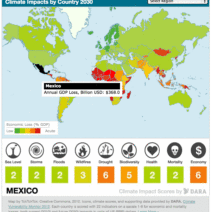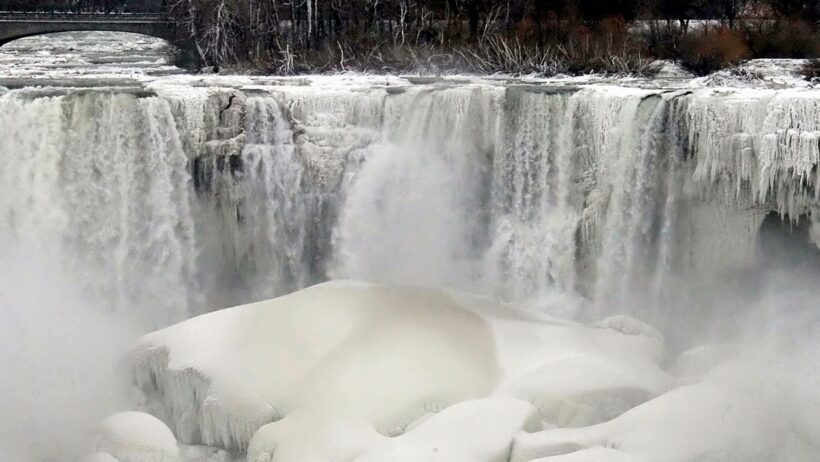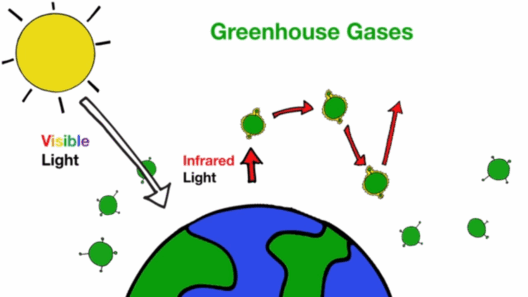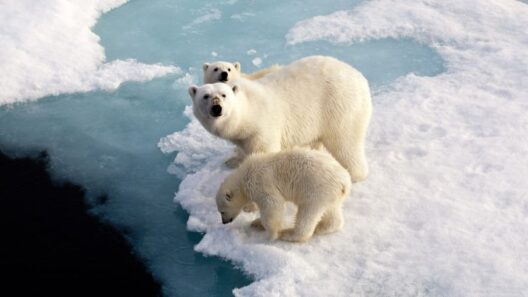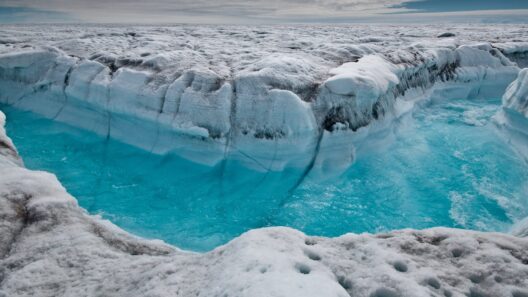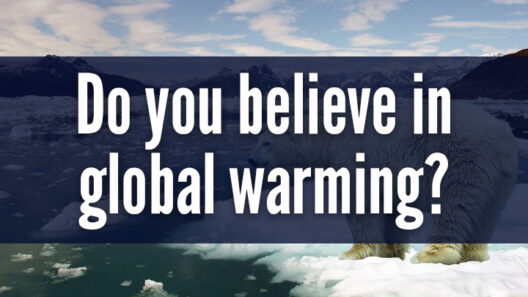The phenomenon known as the polar vortex has become a topic of intense discussion, particularly in relation to extreme winter weather events such as the devastating snowstorm that struck Texas in February 2021. This discussion is not merely about an ephemeral weather pattern; it is an intricate tapestry woven from the threads of global warming, atmospheric dynamics, and regional weather patterns. The question at hand is whether global warming contributed to the polar vortex’s intensity and the subsequent snowfall experienced in the southern United States.
The polar vortex is a large area of low pressure and cold air surrounding the Earth’s poles. During winter months, this vortex can become unstable, leading to significant shifts of extremely cold air southward into mid-latitude regions, including the contiguous United States. Under typical conditions, the polar vortex remains contained, but when it weakens or shifts, the consequences can be profound. Recent observations reveal an alarming trend: winter weather extremes, including frigid temperatures and heavy snowfall, have become more pronounced in areas previously accustomed to mild winters.
Global warming, characterized by the rise in Earth’s average surface temperature due to greenhouse gas emissions, is not merely an ancillary concern; it fundamentally alters atmospheric behavior. As the planet warms, the delicate balance of the climate system is disrupted. Warmer temperatures can lead to alterations in sea ice extent in the Arctic, which in turn affect polar vortex stability. The fundamental question emerges: is there a nexus between global warming and the erratic behavior observed in the polar vortex?
One key concept in this discussion is the Arctic amplification phenomenon. As temperatures in the Arctic rise at an alarming rate, the gradient between the warm equatorial regions and the frigid poles diminishes. This gradient is crucial in maintaining the polar vortex’s structure. A weakened polar vortex can result in a displacement of its frigid air mass, sending Arctic air southward and contributing to severe cold snaps in places like Texas. Thus, what may seem like localized weather events can indeed be a reflection of broader climatic shifts.
Climatologists have increasingly linked these occurrences to the overarching narrative of climate change. Research indicates that as the Arctic warms, the jet stream—an air current that influences weather patterns—also becomes increasingly erratic. This, in turn, can lead to prolonged periods of extreme weather, such as the prolonged cold snap that enveloped Texas in February 2021. Typically, the jet stream has a relatively stable, wavy shape that carries weather systems along; however, disturbances can cause it to become ‘stuck,’ leading to prolonged spells of unusual weather.
Interestingly, the winter of 2021 saw an unprecedented weather anomaly. Texas, typically characterized by its warm climate, was blanketed under a thick layer of snow and ice, resulting in widespread disruption and damage. This unusual weather pattern can be associated with the polar vortex disturbance, which unleashed Arctic air masses over the southern U.S. This formidable cold front wreaked havoc, overwhelming utility infrastructures not equipped for such extreme temperatures. People across Texas were left without electricity and access to clean water, highlighting the dire consequences of climate-related weather anomalies.
As we unravel the components of this complex climate puzzle, it is crucial to look beyond anecdotal evidence of extreme weather events. The intricate relationship between climate change and phenomena like the polar vortex is fortified by scientific inquiry. Alarmingly, studies have shown that as global temperatures rise, the frequency and intensity of polar vortex disturbances will likely increase. This creates a feedback loop: as more energy in the form of heat enters the climate system, the likelihood of warped jet streams and fractured polar vortexes escalates, perpetuating the cycle of extremes.
Moreover, researchers have postulated that the increasing interconnectivity of Earth’s climate system means that these changes do not confine themselves to their regions of origin. Instead, fluctuations in the Arctic may trigger ripple effects not only across North America but also impacting weather systems in Europe and Asia. Such dynamics reveal the global implications of climate change, urging humanity to confront the profound interdependence of ecosystems and weather systems.
To encapsulate, the polar vortex is intricately linked with the overarching narrative of climate change. The extreme winter weather event in Texas serves as a stark reminder of how interconnected our climate systems are. The evidence points toward a worrying trend; global warming is not a distant specter but a tangible reality influencing the polar vortex and contributing to severe weather events. Those invested in environmental activism must recognize the urgency of addressing climate change for the preservation of weather stability and, by extension, the safety and wellbeing of countless communities.
This complex interaction between atmospheric dynamics, polar air masses, and burgeoning temperatures commands our attention and action. The narrative weaves a compelling case for renewed efforts in ecological conservation, sustainable development, and climate resiliency. In light of these cascading effects, there is a pressing need for a collective shift towards sustainable practices aimed at mitigating the vast and tumultuous influences of climate change on our planet’s weather systems.
Ultimately, the polar vortex phenomenon and its implications for weather events such as the Texas snowstorm invite us to ponder not only our current climate trajectory but also the choices we make for future generations. The challenges posed by climate change are daunting, yet the opportunity for significant action and change is equally profound. It is incumbent upon us all to advocate for a more sustainable and equitable relationship with the environment, recognizing that every effort counts in mitigating the unprecedented challenges we face.


